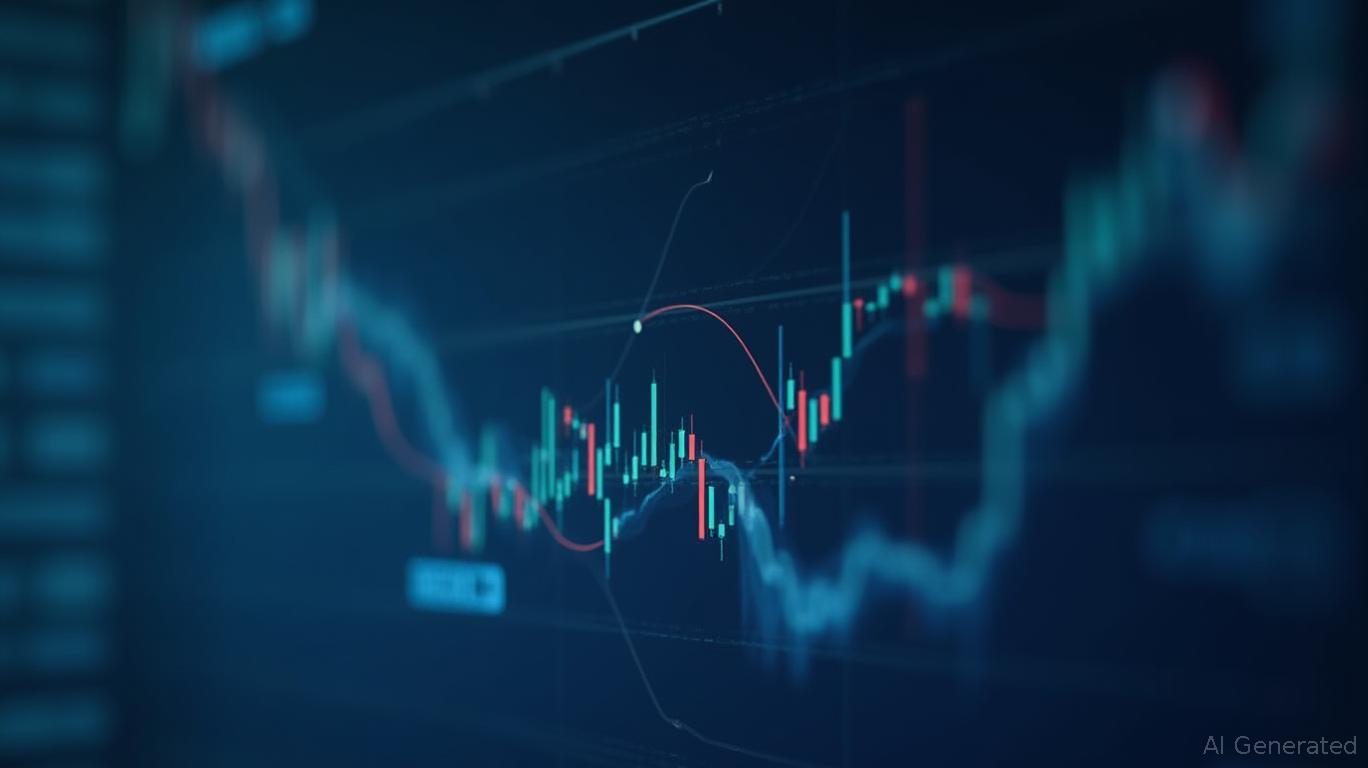Inflation and Uncertainty: Navigating Consumer Fragility with Defensive Assets
The global economy is navigating a precarious balance between modest growth and persistent inflationary pressures. With the U.S. inflation rate easing to 2.3% in April 2025—the lowest since February 2021—and core inflation holding steady at 2.8%, the fragility of consumer spending and the need for inflation-protected investments have never been clearer.

1. Inflation-Linked Bonds (TIPS): The Anchor for Fixed-Income Portfolios
The U.S. Treasury's inflation-linked bonds (TIPS) remain a cornerstone for hedging against rising prices. Unlike traditional bonds, TIPS adjust their principal value with the Consumer Price Index (CPI), ensuring returns stay ahead of inflation. With shelter costs—the largest component of CPI—rising 4.0% annually, TIPS provide a direct hedge against this persistent pressure.
.
Investors should allocate 10–15% of their fixed-income holdings to TIPS. For example, the iShares TIPS ETF (TIP) has outperformed nominal bonds by 1.2% annually over the past five years, while offering stability during periods of inflation uncertainty.
2. Dividend-Paying Consumer Staples: Stability in Volatile Markets
Consumer staples—food, beverages, household products, and healthcare—are non-discretionary purchases that maintain demand even as incomes tighten. Companies like Procter & Gamble (PG) and Johnson & Johnson (JNJ) have historically delivered consistent dividends, with yields of 2.5–3.0%—a premium over 10-year Treasury notes.
.
The sector's defensive nature is underscored by its resilience in 2025: despite a 0.9% contraction in global trade, consumer staples sales grew 3.2% in Q1 2025, driven by rising demand for essentials. Investors should overweight this sector, particularly in companies with pricing power and global supply chain agility.
3. Fintech Savings Platforms: The Rise of Automated Emergency Funds
As households grapple with inflation and stagnant wage growth, fintech platforms enabling automated savings are gaining traction. Firms like Acorns (ACOR) and Digit use behavioral economics to encourage users to save small amounts frequently, a critical tool in building emergency funds.
.
These platforms often integrate with spending data to optimize savings rates dynamically. For instance, Acorns' “Round-Up” feature converts everyday purchases into savings, a strategy that has attracted 5 million users in 2025 alone. Investors should consider stakes in fintech leaders with scalable business models, as these firms stand to benefit from a prolonged era of economic uncertainty.
4. Avoid Consumer Discretionary Stocks: The Risk of Debt-Driven Declines
Consumer discretionary sectors—retail, travel, and entertainment—are particularly vulnerable to inflation-driven spending cuts. With U.S. households facing an average of 4% interest payments on debt (up from pre-pandemic levels), non-essential purchases are the first to be slashed.
.
Companies reliant on discretionary spending, such as big-box retailers (WMT, TGT) and luxury brands (Ralph Lauren, Coach), have underperformed the market by 8–12% in 2025. Overexposure to this sector poses significant risk as trade barriers and energy costs continue to squeeze profit margins.
Portfolio Strategy: A Three-Pronged Defense
- Allocate 20–25% to inflation hedges: Pair TIPS with gold (GLD) and energy commodities (XLE) to diversify against inflation's uneven impact.
- Increase consumer staples exposure: Target firms with pricing power and global reach, such as Coca-Cola (KO) or Unilever (UL), which have delivered 5–7% annualized returns since 2021.
- Leverage fintech for liquidity: Allocate 5–10% to fintech savings platforms, which offer both growth potential and alignment with consumer behavior shifts.
Avoid consumer discretionary stocks unless valuations drop to single-digit P/E ratios, a sign of oversold conditions.
Conclusion: Act Before the Next Volatility Cycle
The OECD warns that global growth could slow to 2.6% by late 2025, with inflation persisting at 3.2% due to trade tensions and geopolitical risks. Investors who delay rebalancing into inflation-protected assets and savings-focused technologies risk underperformance. Now is the time to prioritize TIPS, stable dividends, and fintech innovation—sectors that will thrive in a world where every dollar counts.
Nick Timiraos
June 6, 2025

Comments
No comments yet